When Can I See The Supermoon Eclipse Tomorrow Night?



When can I see the supermoon eclipse tomorrow night?
On Sunday night, people in parts of western Europe, western Africa, North America and all of South America will be able to see a lunar eclipse. And this one’s extra special, because the moon will be at its perigee – the closest it gets to Earth. Not only will the moon turn red (learn why it turns red here) it will seem larger than usual.
In the first GIF I’ve listed the times the moon will enter Earth’s faint shadow (the penumbra) and then its darker, red-tinted shadow. You can figure out exact times for your location using the U.S. Naval Observatory’s handy calculator.
The second GIF shows the eclipse from another perspective - looking down on Earth’s north pole. This is to scale. It always surprises me to see how far apart the moon (the white dot) and earth (the blue circle) really are. The sun is off screen to the right, casting a long shadow. The colored lines radiating from earth show the approximate horizon lines in the four time zones. Once the lines pass, the moon is visible. Everyone in the contiguous US will be able to see the eclipse, but only people in the Easter and Central time zones will be able to see it start.
(If you want this information in song, some awesome sixth graders from Old High Middle School in Arkansas updated my eclipse song from last year. Or check out this completely original and funny song by Scarlett Simmons).
More Posts from Smartler and Others
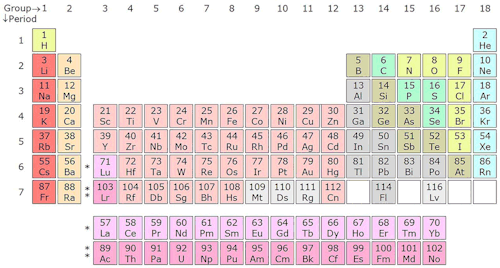
Scientists in Japan, Russia and the US have discovered four new elements, which means the seventh row of the Periodic table is finally filled!! WAY TO GO SCIENCE!!

(via (Shia LaBeouf))
I can’t believe I haven’t shared this yet. It’s an immaculate piece of the internet and gives hope that art is not dead.

What Are the Bright Spots on Ceres?

Dwarf planet Ceres has more than 130 bright areas, and most of them are associated with impact craters. Now, Ceres has revealed some of its well-kept secrets in two new studies in the journal Nature, thanks to data from our Dawn spacecraft.
Two studies have been looking into the mystery behind these bright areas. One study identifies this bright material as a kind of salt, while the other study suggests the detection of ammonia-rich clays.
Study authors write that the bright material is consistent with a type of magnesium sulfate called hexahydrite. A different type of magnesium sulfate is familiar on Earth as Epsom salt.

Researchers, using images from Dawn’s framing camera, suggest that these salt-rich areas were left behind when water-ice sublimated in the past. Impacts from asteroids would have unearthed the mixture of ice and salt.
An image of Occator Crater (below) shows the brightest material on Ceres. Occator itself is 60 miles in diameter, and its central pit, covered by this bright material, measures about 6 miles wide. With its sharp rim and walls, it appears to be among the youngest features on the dwarf planet.

In the second nature study, members of the Dawn science team examined the composition of Ceres and found evidence for ammonia-rich clays. Why is this important?
Well, ammonia ice by itself would evaporate on Ceres today, because it is too warm. However, ammonia molecules could be stable if present in combination with other minerals. This raises the possibility that Ceres did not originate in the main asteroid belt between Mars and Jupiter, where it currently resides. But instead, might have formed in the outer solar system! Another idea is that Ceres formed close to its present position, incorporating materials that drifted in from the outer solar system, near the orbit of Neptune, where nitrogen ices are thermally stable.

As of this week, our Dawn spacecraft has reached its final orbital altitude at Ceres (about 240 miles from the surface). In mid-December, it will begin taking observations from this orbit, so be sure to check back for details!
ake sure to follow us on Tumblr for your regular dose of space: http://nasa.tumblr.com
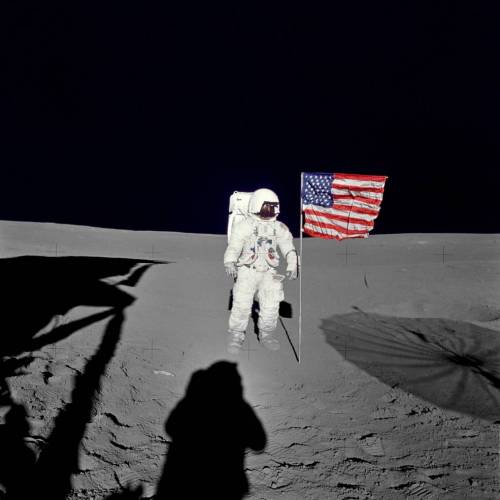
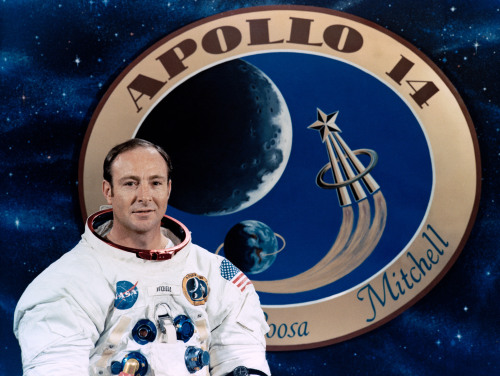
Apollo Astronaut Edgar Mitchell Dies at Age 85
Astronaut Edgar Mitchell, lunar module pilot on Apollo 14, passed away Thursday in West Palm Beach, Fla., on the eve of the 45th anniversary of his lunar landing. Mitchell was the sixth man to walk on the Moon.
“To me, that (spaceflight) was the culmination of my being, and what can I learn from this? What is it we are learning? That’s important, because I think what we’re trying to do is discover ourselves and our place in the cosmos, and we don’t know. We’re still looking for that.” - Edgar Mitchell in 1997 interview for NASA’s oral history program.
Source: NASA
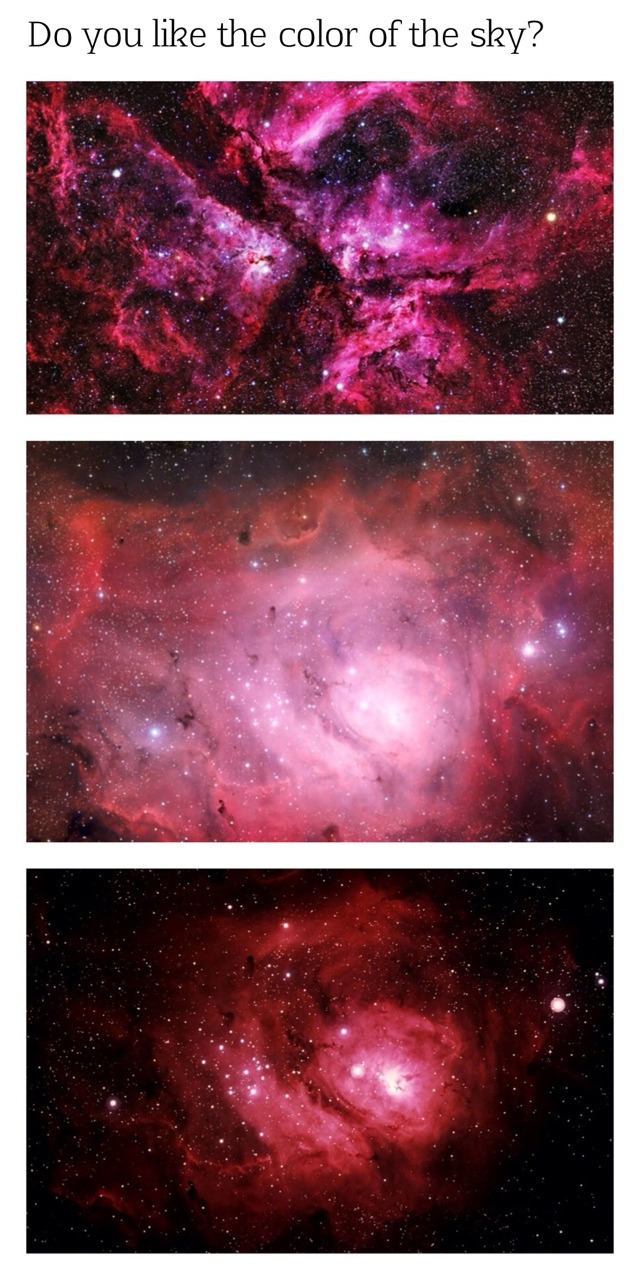
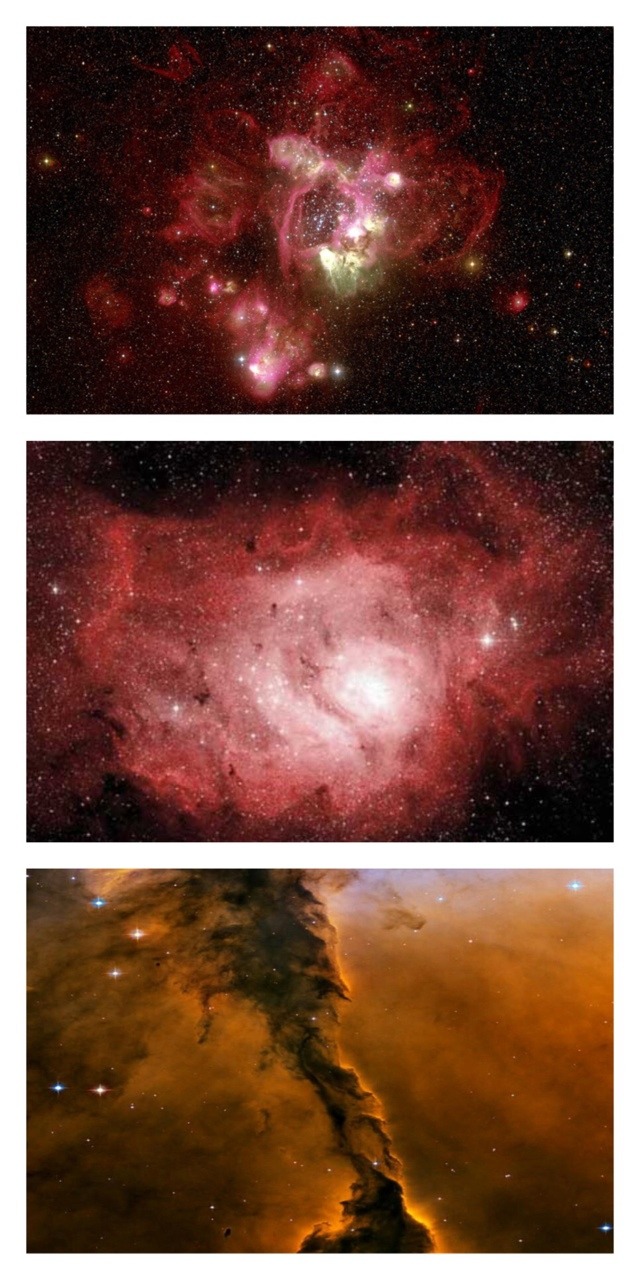
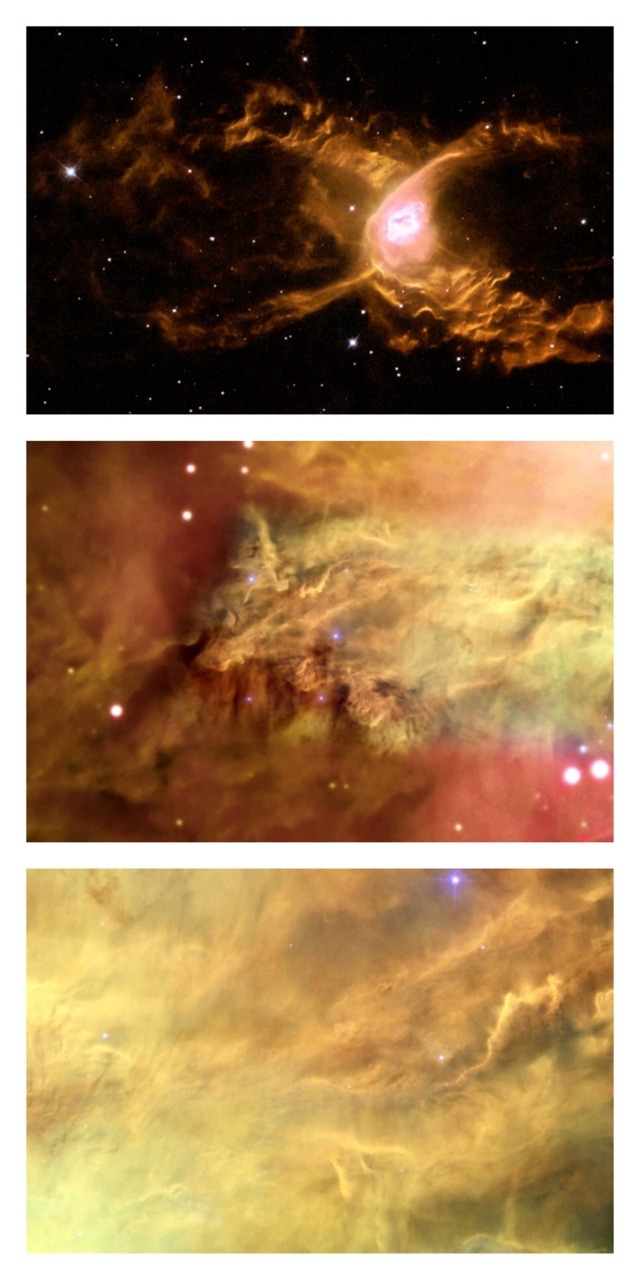
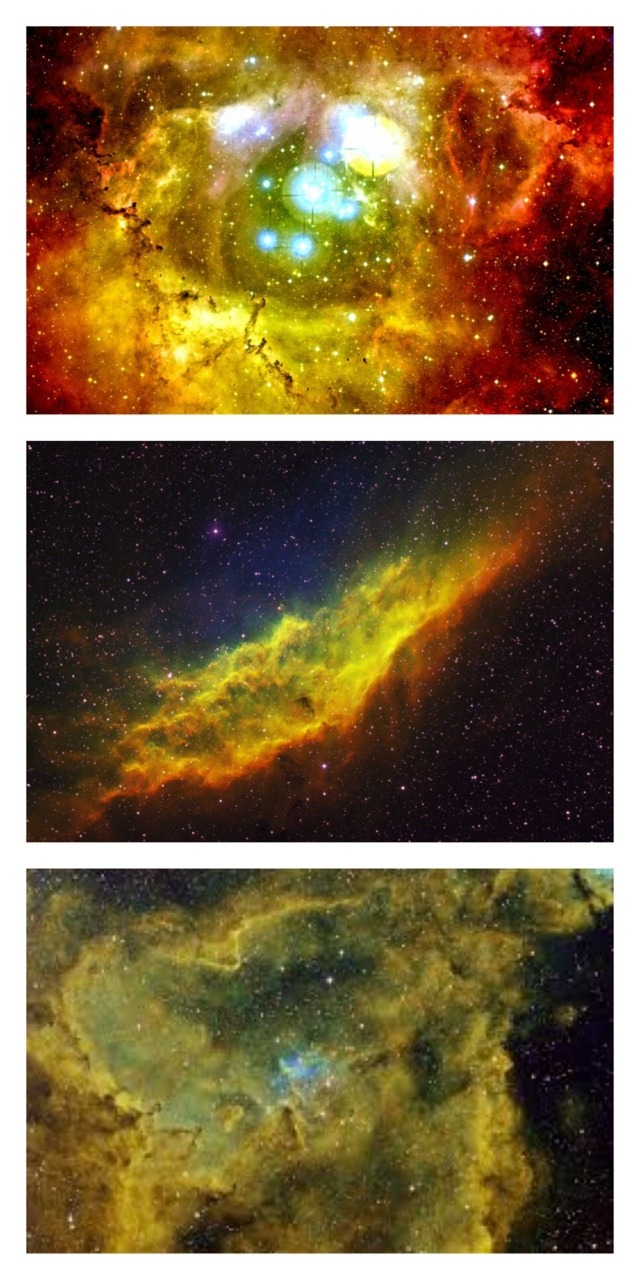
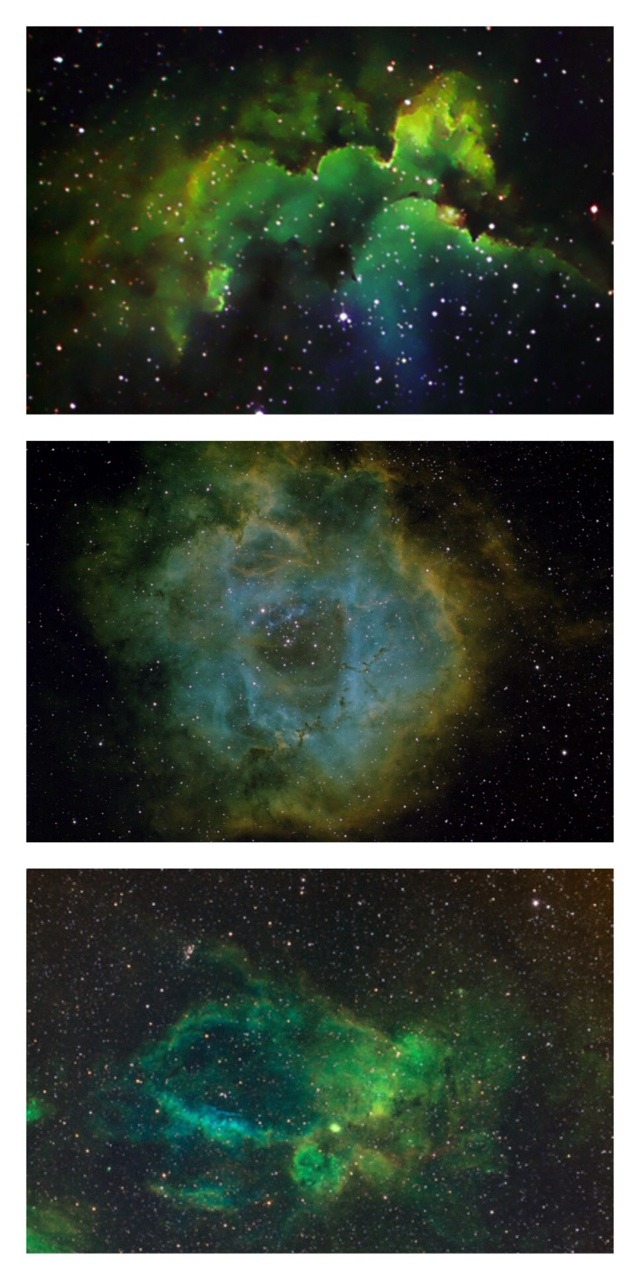
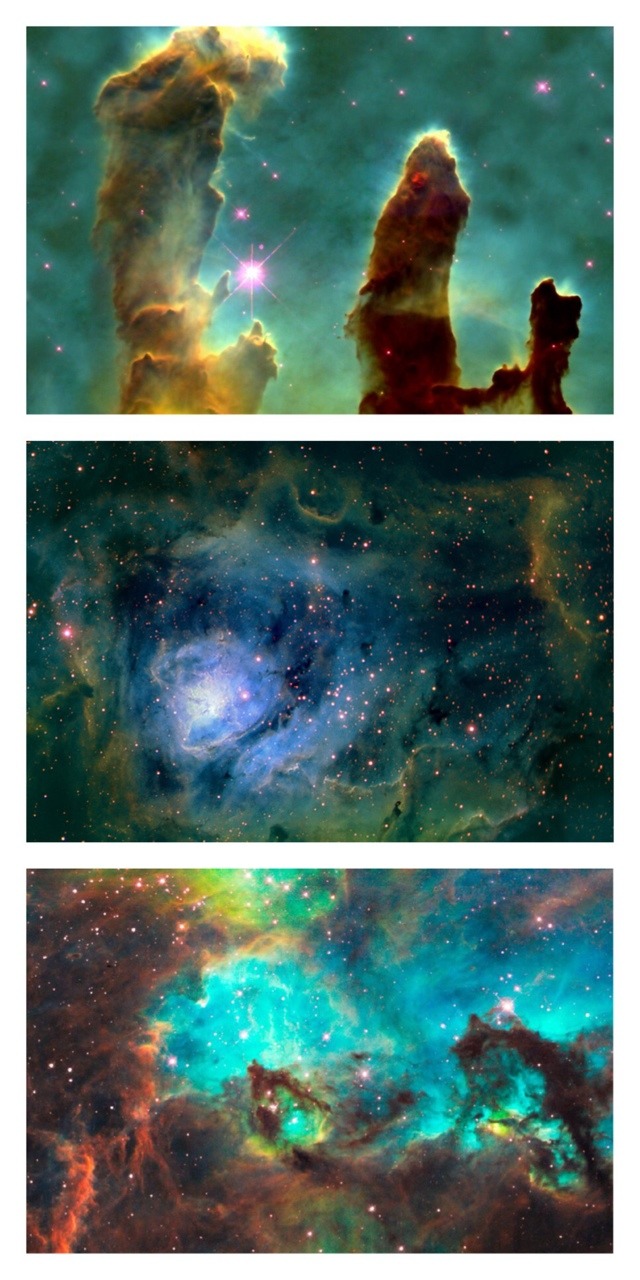
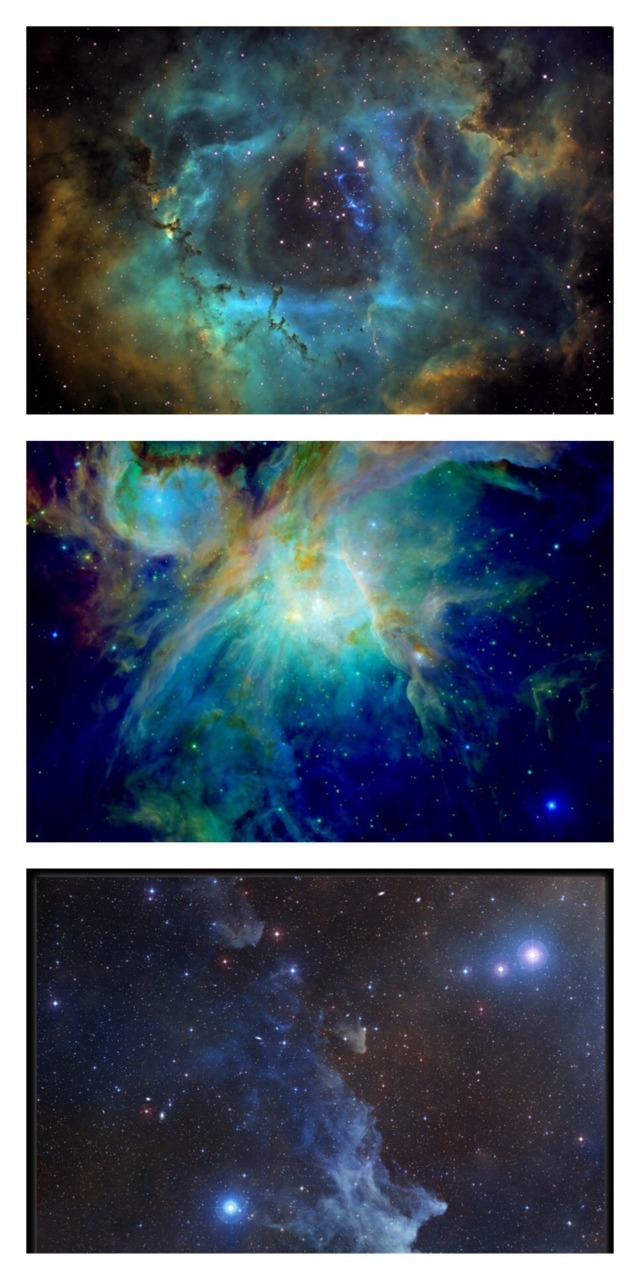
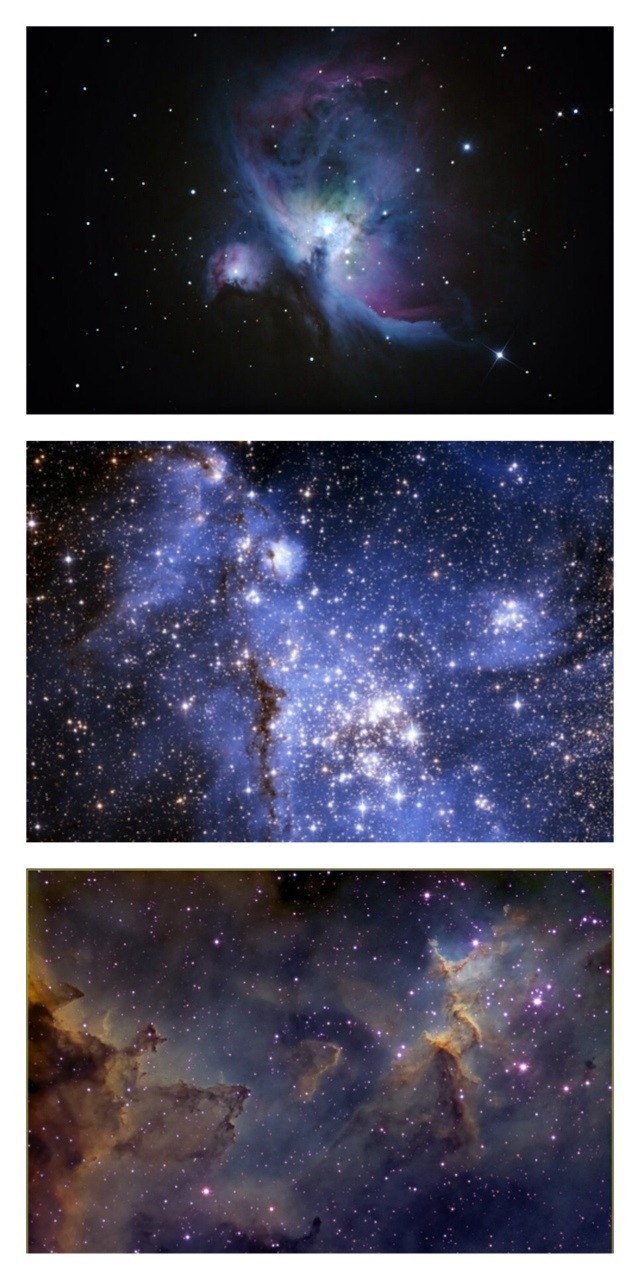
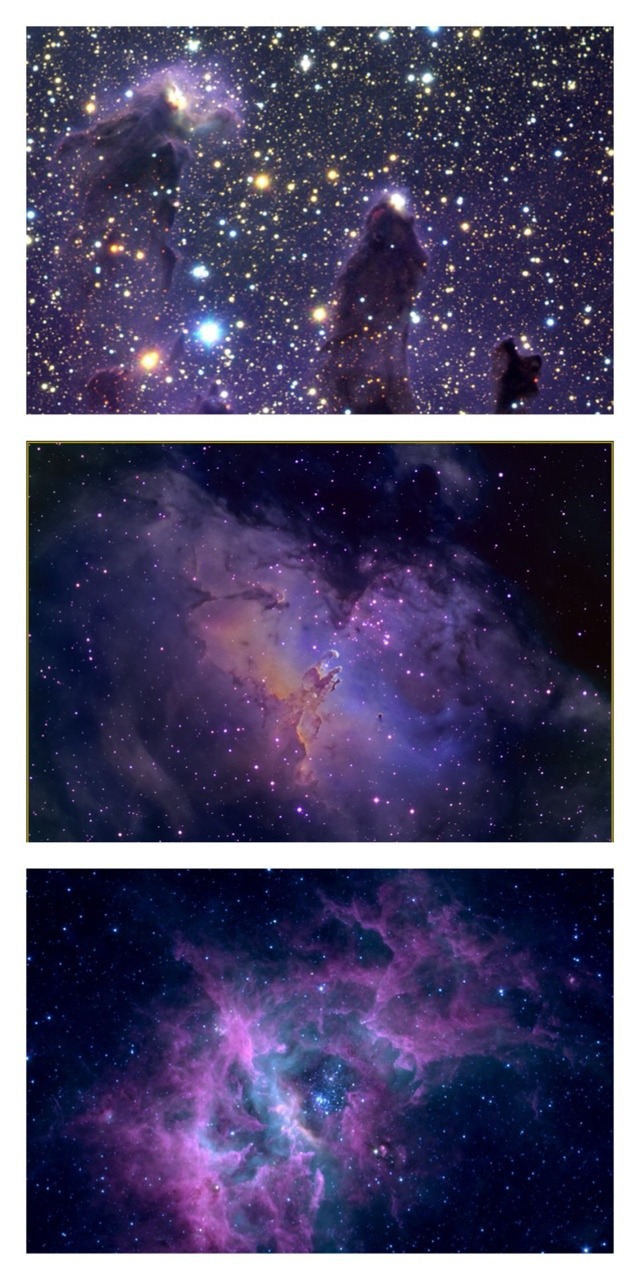
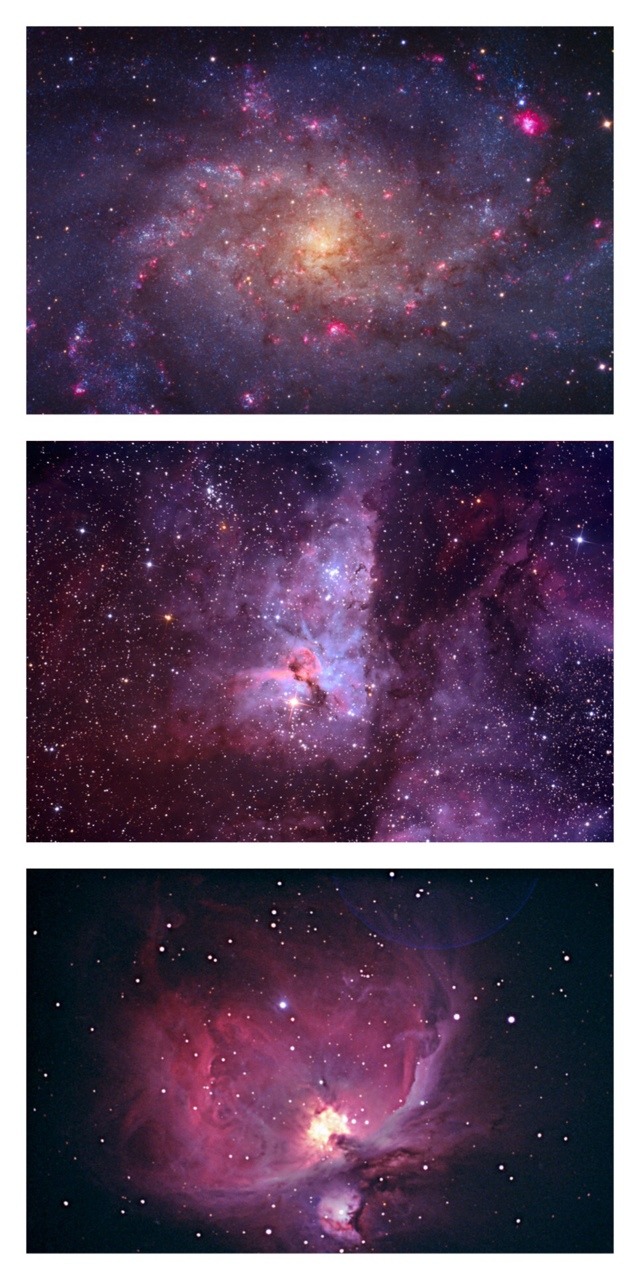
Go big or go home
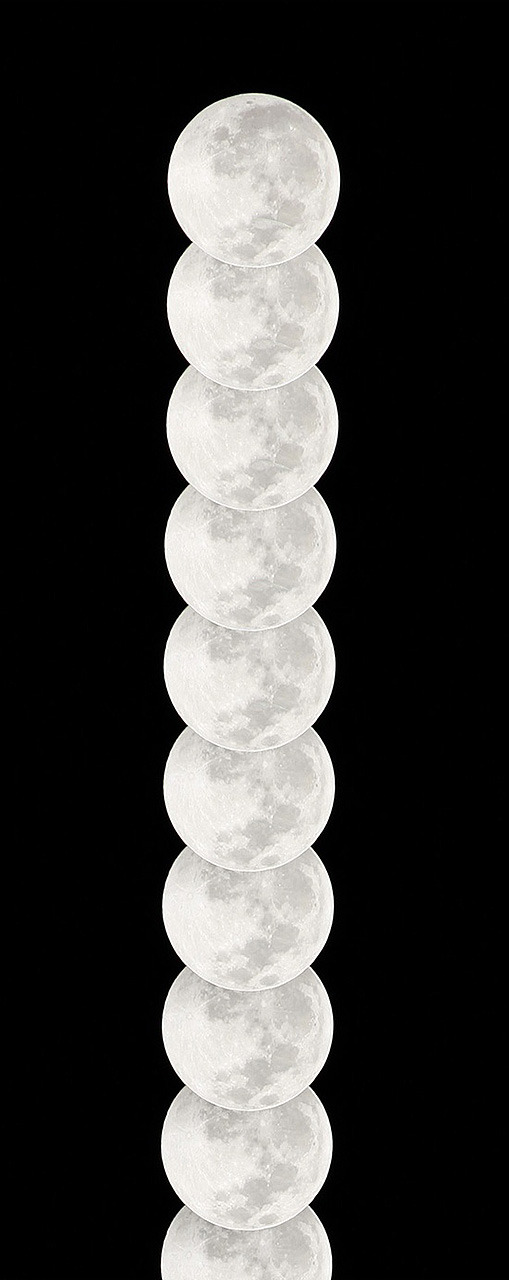

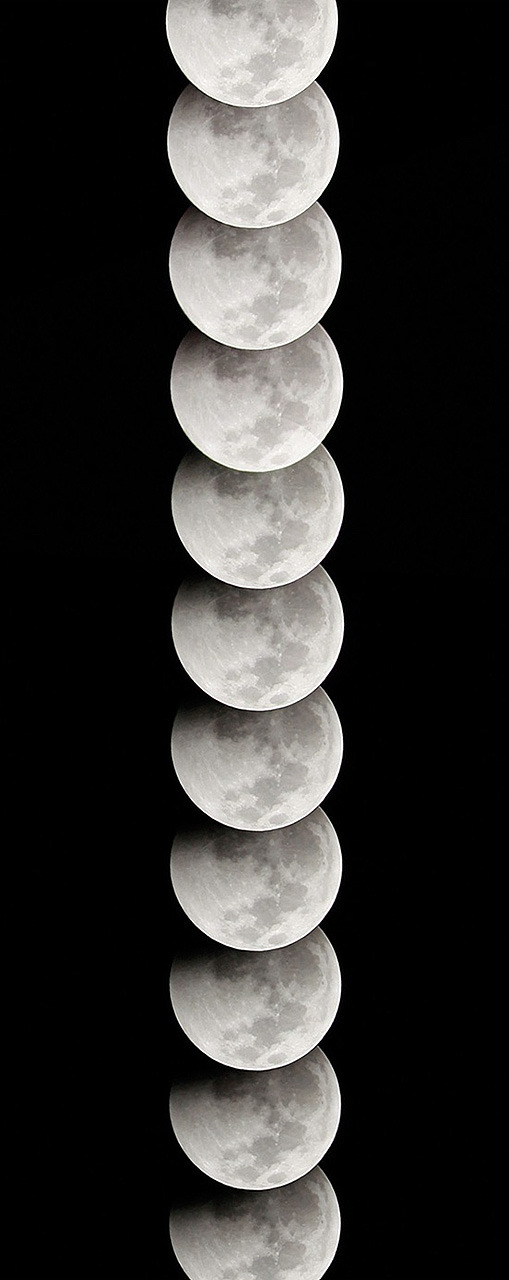
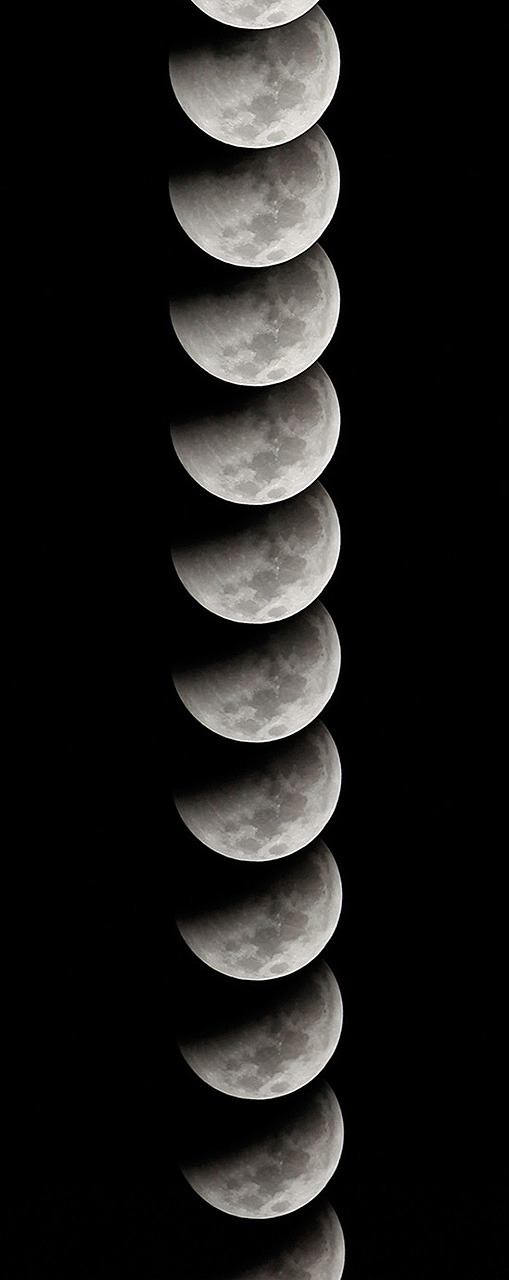

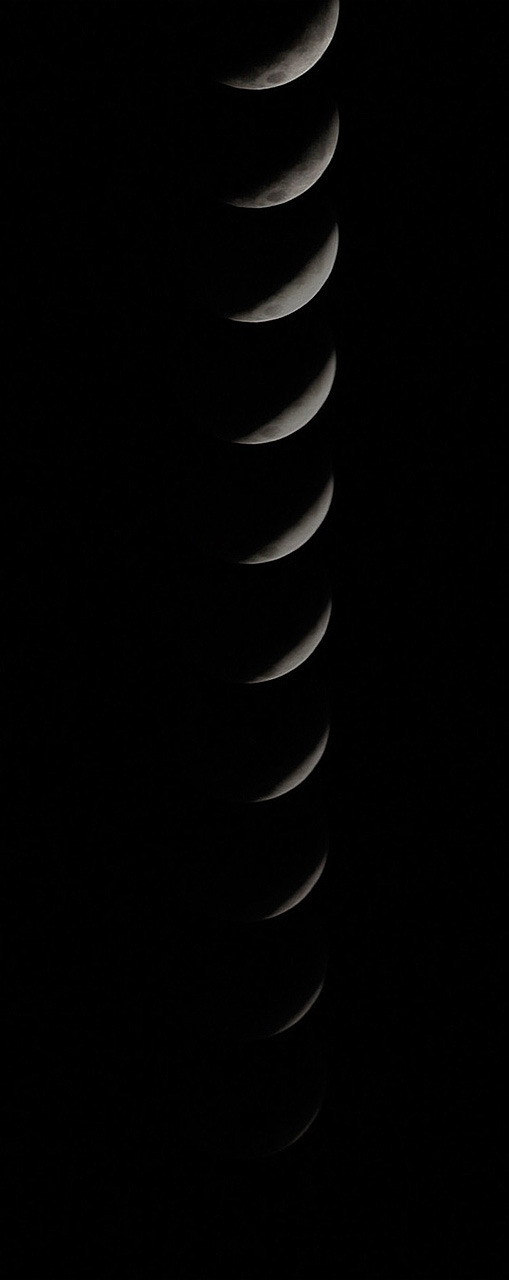
On a scale of Matt Damon

to Matt Damon

how well do you handle being stuck alone on an inhospitable planet
New video on the Hubble Sequence! Had a lot of fun making this one, enjoy!
If Earth had Saturn’s Rings
From an excellent post by Jason Davis
From Washington, D.C., the rings would only fill a portion of the sky, but appear striking nonetheless. Here, we see them at sunrise.

From Guatemala, only 14 degrees above the equator, the rings would begin to stretch across the horizon. Their reflected light would make the moon much brighter.

From Earth’s equator, Saturn’s rings would be viewed edge-on, appearing as a thin, bright line bisecting the sky.

At the March and September equinoxes, the Sun would be positioned directly over the rings, casting a dramatic shadow at the equator.

At midnight at the Tropic of Capricorn, which sits at 23 degrees south latitude, the Earth casts a shadow over the middle of the rings, while the outer portions remain lit.

via x
-
 iwillhaveamoonbase liked this · 2 years ago
iwillhaveamoonbase liked this · 2 years ago -
 war-cat770 liked this · 2 years ago
war-cat770 liked this · 2 years ago -
 tilkicioglu liked this · 3 years ago
tilkicioglu liked this · 3 years ago -
 learningvariousshit reblogged this · 3 years ago
learningvariousshit reblogged this · 3 years ago -
 shythegreenskeleton liked this · 4 years ago
shythegreenskeleton liked this · 4 years ago -
 monmonshi liked this · 5 years ago
monmonshi liked this · 5 years ago -
 cute--kimberly--gilliland liked this · 7 years ago
cute--kimberly--gilliland liked this · 7 years ago -
 bobweirlovebot liked this · 7 years ago
bobweirlovebot liked this · 7 years ago -
 bibliophilea liked this · 7 years ago
bibliophilea liked this · 7 years ago -
 helensavitadevi reblogged this · 7 years ago
helensavitadevi reblogged this · 7 years ago -
 helensavitadevi liked this · 7 years ago
helensavitadevi liked this · 7 years ago -
 lionel-13 liked this · 8 years ago
lionel-13 liked this · 8 years ago -
 buriednightmares liked this · 8 years ago
buriednightmares liked this · 8 years ago -
 solonfetti liked this · 8 years ago
solonfetti liked this · 8 years ago -
 killyoshikage reblogged this · 8 years ago
killyoshikage reblogged this · 8 years ago -
 urbanorium reblogged this · 8 years ago
urbanorium reblogged this · 8 years ago -
 summer-nights-moon reblogged this · 8 years ago
summer-nights-moon reblogged this · 8 years ago -
 serenitygreen17 liked this · 8 years ago
serenitygreen17 liked this · 8 years ago -
 somesortofmutant-blog reblogged this · 8 years ago
somesortofmutant-blog reblogged this · 8 years ago -
 parme1992-blog liked this · 8 years ago
parme1992-blog liked this · 8 years ago -
 7iolent7iolet liked this · 9 years ago
7iolent7iolet liked this · 9 years ago -
 nikasanchez liked this · 9 years ago
nikasanchez liked this · 9 years ago -
 cuddlestudies reblogged this · 9 years ago
cuddlestudies reblogged this · 9 years ago -
 indigocaster reblogged this · 9 years ago
indigocaster reblogged this · 9 years ago -
 gyoyis liked this · 9 years ago
gyoyis liked this · 9 years ago -
 haloxp-blog reblogged this · 9 years ago
haloxp-blog reblogged this · 9 years ago -
 haloxp-blog liked this · 9 years ago
haloxp-blog liked this · 9 years ago -
 tropida reblogged this · 9 years ago
tropida reblogged this · 9 years ago